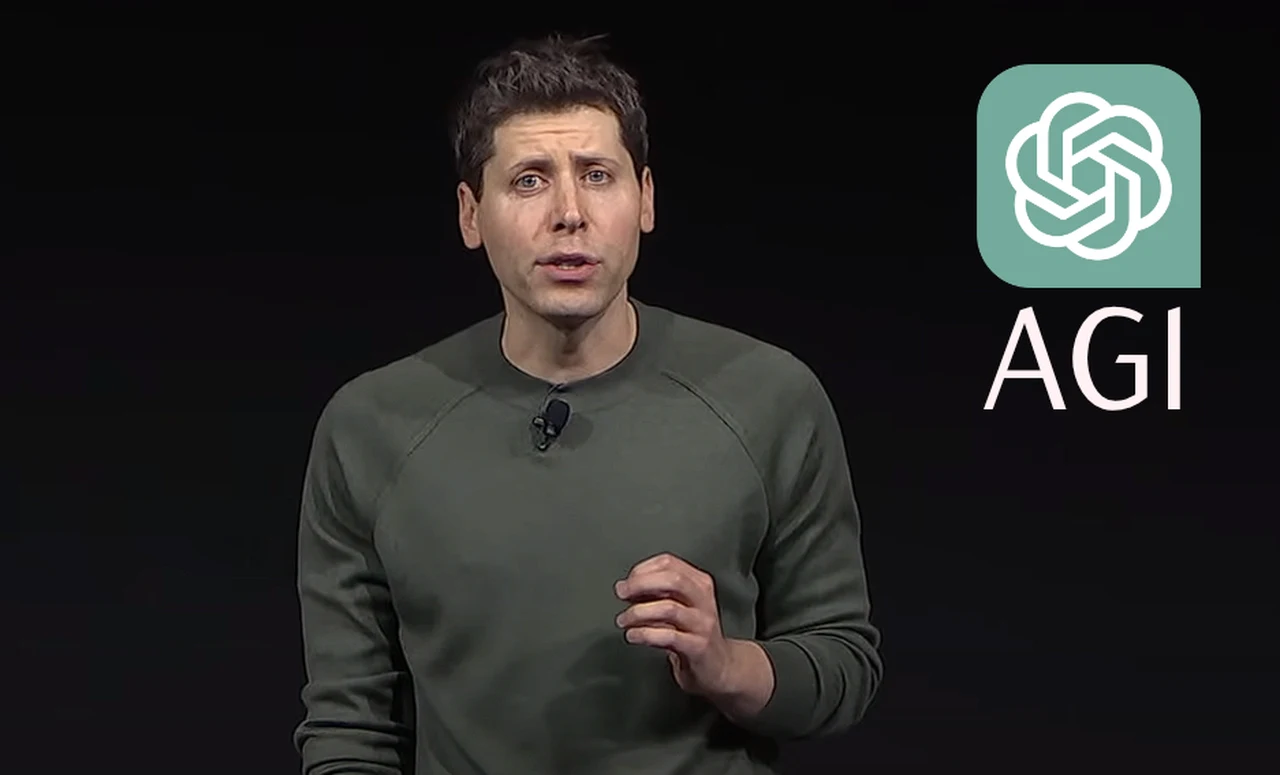
Imagine a future where machines think like us, understand like us, and perhaps even surpass our own intellectual capabilities. This isn’t just a scene from a science fiction movie; it’s a goal that experts like Scott Aaronson from OpenAI are working towards. Aaronson, a prominent figure in quantum computing, has shifted his focus to a new frontier: Artificial General Intelligence (AGI). This is the kind of intelligence that could match or even exceed human brainpower. Wes Roth explores deeper into this new technology and what we can expect in the near future from OpenAI and others developing AGI and Scaling Laws of Neural Nets.
At OpenAI, Aaronson is deeply involved in the quest to create AGI. He’s looking at the big picture, trying to figure out how to make sure these powerful AI systems don’t accidentally cause harm. It’s a major concern for those in the AI field because as these systems become more complex, the risks grow too.
Aaronson sees a connection between the way our brains work and how neural networks in AI operate. He suggests that the complexity of AI could one day be on par with the human brain, which has about 100 trillion synapses. This idea is fascinating because it suggests that machines could potentially think and learn like we do.
OpenAI AGI
There’s been a lot of buzz about a paper that Aaronson reviewed. It talked about creating an AI model with 100 trillion parameters. That’s a huge number, and it’s sparked a lot of debate. People are wondering if it’s even possible to build such a model and what it would mean for the future of AI. One of the big questions Aaronson is asking is whether AI systems like GPT really understand what they’re doing or if they’re just good at pretending. It’s an important distinction because true understanding is a big step towards AGI.
Here are some other articles you may find of interest on the subject of Artificial General Intelligence (AGI) :
Scaling Laws of Neural Nets
But Aaronson isn’t just critiquing other people’s work; he’s also helping to build a mathematical framework to make AI safer. This framework is all about predicting and preventing the risks that come with more advanced AI systems. There’s a lot of interest in how the number of parameters in an AI system affects its performance. Some people think that there’s a certain number of parameters that an AI needs to have before it can act like a human. If that’s true, then maybe AGI has been possible for a long time, and we just didn’t have the computing power or the data to make it happen.
Aaronson also thinks about what it would mean for AI to reach the complexity of a cat’s brain. That might not sound like much, but it would be a big step forward for AI capabilities. Then there’s the idea of Transformative AI (TII). This is AI that could take over jobs that people do from far away. It’s a big deal because it could change entire industries and affect jobs all over the world.
People have different ideas about how many parameters an AI needs to reach AGI. These estimates are based on ongoing research and a better understanding of how neural networks grow and change. Aaronson’s own work on the computational complexity of linear optics is helping to shed light on what’s needed for AGI.
Scott Aaronson’s insights give us a peek into the current state of AGI research. The way parameters in neural networks scale and the ethical issues around AI development are at the heart of this fast-moving field. As we push the limits of AI, conversations between experts like Aaronson and the broader AI community will play a crucial role in shaping what AGI will look like in the future.
Filed Under: Technology News, Top News
Latest timeswonderful Deals
Disclosure: Some of our articles include affiliate links. If you buy something through one of these links, timeswonderful may earn an affiliate commission. Learn about our Disclosure Policy.





